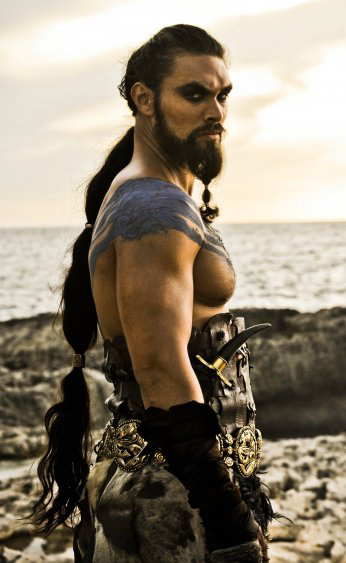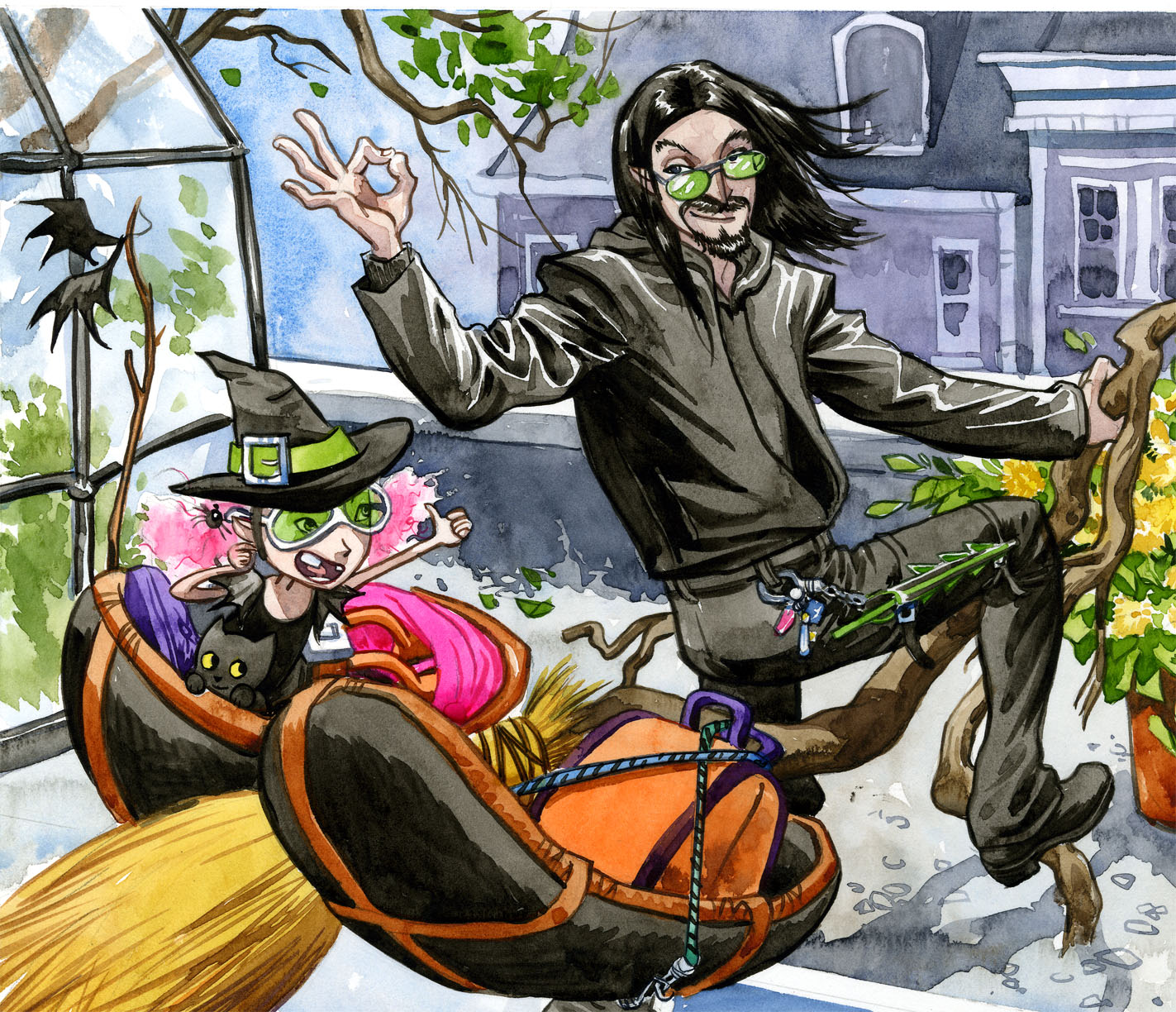February 13, 2014
Representing Daddy
Because my children are very small, they do not, at this stage, look for themselves in books. Their brains don’t work like that yet – they take themselves for granted, since they are the centre of the universe, and they look instead for the people they see around them. Oonagh, who is two, likes to find Maggie, who is five. They point out when characters look like Mommy. And they get very special delight out of finding Daddy.
Not that it happens very often. Daddy doesn’t turn up in books very often, and when he does, he’s not the guy you want to root for. Among the characters my kids have identified as “daddy”:

Jafar, from Aladdin
.jpg)
Scar, from The Lion King

Mommy wishes, kid.
My children are generally perplexed by the daddies they see in books, who, at best, they identify as being their Uncle Gordon. They tend to be pudgy, pale, balding fellows who look like this:

I am a big believer that representation in media matters, especially to children. Kids learn from books. That’s why we read to them so willingly. I am constantly on the lookout not just for books that represent the kids in diverse ways, but the families as well. Kids can learn to be ashamed of or embarrassed by their family situation at a shockingly young age, and I’m keen to head that off at the pass. Your daddy isn’t a bad guy, girls, no matter what Disney likes to say.

I have recommended Jill Thompson’s Magic Trixie here before, but it has recently re-emerged as a favourite in this house. Maggie recommended it for Keep Toronto Reading two years ago.
I have a lot of reasons for loving Magic Trixie, as a geeky parent. It’s a graphic novel, a form intrinsic to my childrens’ nerd heritage. It features cool, quirky children depicted in age-appropriate ways, unlike the similar-but-actually-completely-reprehensible Monster High brand. It’s funny, readable and beautiful. It shows a variety of (admittedly heteronormative) families of many colours and, best of all, the daddy looks like Daddy.

Though, real Daddy does not, sadly, ride a bitchin’ broom.
Fighting the tide of crummy media representation is a huge chore, made harder if you have specific characters you are looking for in your stories. Kids don’t need to see their family everywhere, but when they see families depicted in only one way over and over – they get the message. We’ve tried to balance things in our house.
Pop over to Jim C. Hines’s blog and read his ongoing series of guest-posts about representation. There are some heartbreaking stories, but also some fantastic recommendations. However you or your family identify, there is great fiction to identify with. The trick is just finding it.

See? Not at all evil. Maybe a little evil. In a fun way.
Thanks for sharing this. It’s just the kind of thing we need to talk about. We need to get him a bitchin’ broom though, hm? 😉
Rite?!
My kids have a pale, pudgy balding dad (well, not very pudgy or balding, but you know what I mean – he looks like the daddies you see in books) and this is a great reminder that representation isn’t just about one thing (gender, race) or even about seeing just yourself.
This also reminded me of a phase both my kids went through where EVERY man they saw on the street was daddy, leading to some awkward moments with random dudes hearing my kids say, “Is that dada? Dada? DADA!”
Kids have no filter! My younger daughter will sometimes randomly pick some guy on the bus who she just does. Not. Like. She will flip out if that person so much as looks at her. And then sometimes she decides the big black homeless guy is the “daddy” of the bus and she is all smiles and giggles with him. 😀 I sort of love that she doesn’t have clear connections yet between what “looks” like a good guy and what “looks” like a bad guy.